The Construction of China's Image in American News Media from a Critical Metaphor Analysis Perspective: A Case of CNN's Report on BCI's Cotton Incident
DOI: 10.23977/langl.2024.070709 | Downloads: 41 | Views: 1198
Author(s)
Yan Huifeng 1
Affiliation(s)
1 Xi'an International Studies University, Xi'an, Shaanxi, China
Corresponding Author
Yan HuifengABSTRACT
The construction of China's state image by American news media is an important way through which we can understand their views on China and mindset as formed. As a part of Critical Discourse Analysis on the cognitive route, Critical Metaphor Analysis combines CDA with conceptual metaphor theory in cognitive linguistics so as to reveal and criticize the ideology and power relation behind particular discourse practices. This essay analyzes under Critical Metaphor Analysis the text report on "Chinese Cotton" event by CNN; it finds that by using metaphors like struggle metaphor and containment metaphor this American news media constructs an image of China that is aggressive and manipulative.
KEYWORDS
Conceptual Metaphor; Critical Metaphor Analysis; Image ConstructionCITE THIS PAPER
Yan Huifeng, The Construction of China's Image in American News Media from a Critical Metaphor Analysis Perspective: A Case of CNN's Report on BCI's Cotton Incident. Lecture Notes on Language and Literature (2024) Vol. 7: 60-64. DOI: http://dx.doi.org/10.23977/langl.2024.070709.
REFERENCES
[1] Liu Jinan. & He Hui. (2006). China's Image by International View. Communication University of China Press.
[2] Xu Xiaoge. (1996). National Image in International News Communication. Journalism & Communication (02), 35-45.
[3] Cheng Jintao. (2021). Image of China in U.S. Mainstream Media: A Public Opinion Research on NYT's China-Related Reports. Journal of Intelligence (11), 80-86+146.
[4] Fairclough, N. & Wodak, R. (1997): "Critical Discourse Analysis". In: T. A. van Dijk (ed.), Discourse as Social Interaction: Discourse Studies: A multidisciplinary Introduction. Vol. 2. London: Sage, pp. 258–284.
[5] KhosraviNik, M. (2010). Actor Descriptions, Action Attributions, and Argumentation: Towards a Systematization of CDA Analytical Categories in the Representation of Social Groups. Critical Discourse Studies, 7(1), 55-72.
[6] Chouliaraki, L. & Fairclough, N. (1999). Discourse in Late Modernity: Rethinking Critical Discourse Analysis. Edinburgh: Edinburgh University Press.
[7] Charteris-Black, J. (2004). Critical metaphor analysis. In Corpus approaches to critical metaphor analysis (pp. 243-253). London: Palgrave Macmillan UK.
[8] Ji Yuhua. & Chen Yan. (2007) Critical Metaphor Analysis: A New Method of Critical Discourse Analysis. Journal of Xiamen University (Arts & Social Sciences) (06), 42-48.
[9] Zhang Wei. (2019). An Analysis on Criticism Structure on Political Discourse--a Case Study on Reports regarding OBOR Strategy of American Media. Guizhou Social Sciences (06), 94-101.
[10] Wang Yijing. & Qian Qing. (2022). Topic Sentiment Analysis Based on Public Opinion Event in Weibo: A Case of H&M's Ban on Chinese cotton. Journal of News Research (05), 37-39.
| Downloads: | 48694 |
|---|---|
| Visits: | 925553 |
Sponsors, Associates, and Links
-
Journal of Language Testing & Assessment
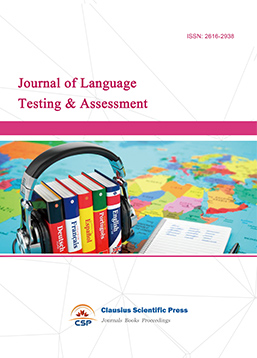
-
Information and Knowledge Management
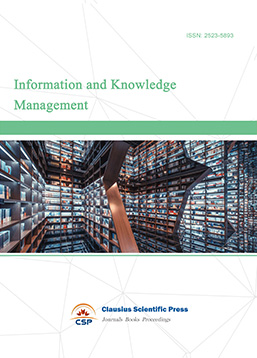
-
Military and Armament Science
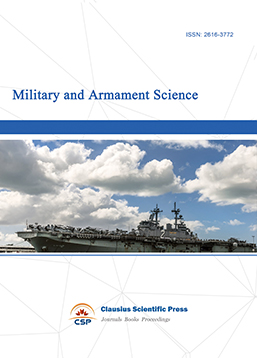
-
Media and Communication Research

-
Journal of Human Movement Science
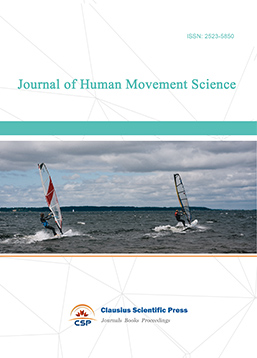
-
Art and Performance Letters
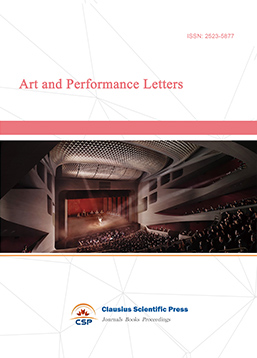
-
Lecture Notes on History
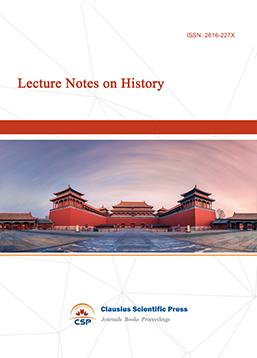
-
Philosophy Journal
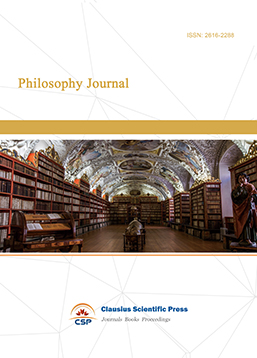
-
Science of Law Journal
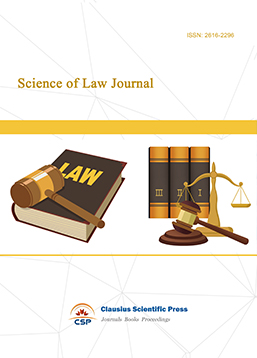
-
Journal of Political Science Research
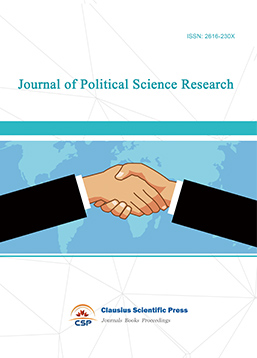
-
Journal of Sociology and Ethnology
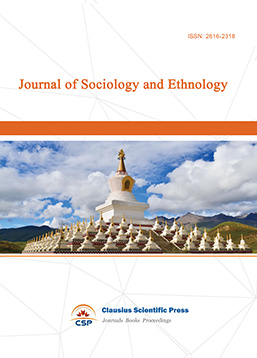
-
Advances in Broadcasting


 Download as PDF
Download as PDF